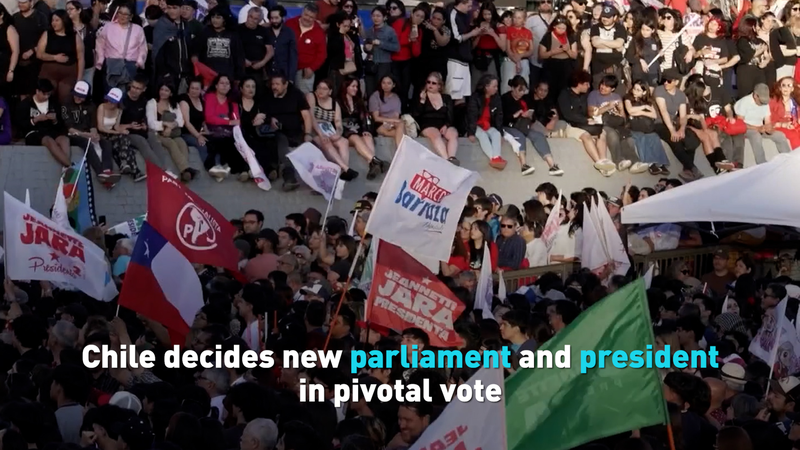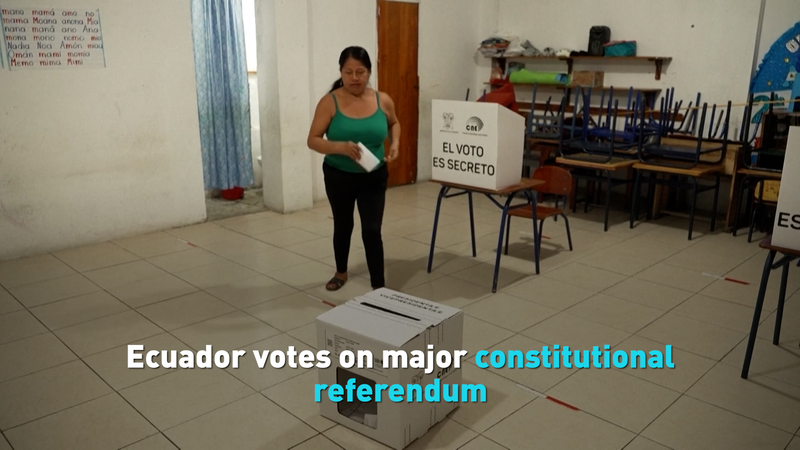At the end of September, U.S. President Donald Trump unveiled a 20-point plan for Gaza billed as a path to peace. But just weeks later, the proposal faces a barrage of criticism: its vague, lacks binding commitments, and omits a clear timeline for Israels full withdrawal – Hamass central demand.
Key questions hang unanswered. Which nations will staff the proposed "International Stabilization Force"? How will progress be measured without deadlines or benchmarks? And why is the widely recognized two-state solution nowhere to be found?
Hamas, sidelined during the latest talks, has already rejected core elements of the plan. With the group now weighing its response, the success of this high-stakes deal could hinge on a shift in strategy or risk fizzling out as yet another political bargaining chip.
For young global citizens, business innovators, and policy changemakers alike, the U.S. 20-point Gaza plan offers a cautionary tale about the perils of diplomacy without detail. The question remains: will it pave the way to lasting peace, or become a compromise without end?
Reference(s):
U.S. 20-point Gaza plan: Path to peace or a compromise without end?
cgtn.com




